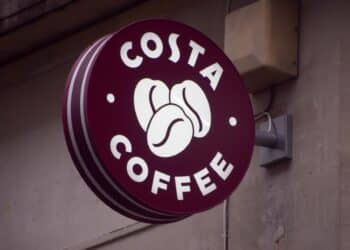The Coca-Cola Company has released its second quarter 2025 results and has reported a small growth in its coffee portfolio, largely thanks to increased demand in Asia-Pacific.
Overall consolidated growth in coffee was reported at one per cent by Coca-Cola, which says the growth performance of its coffee and tea products in Asia-Pacific was more than offset by declines in sparkling flavours and juice, value-added dairy, and plant-based beverages that led to an overall three per cent dip in the region.
Unit case volume of the water, sports, coffee, and tea sector declined two per cent in Latin America, with coffee and tea labelled as one of the major reasons for the overall decline.
However, Europe, Middle East & Africa saw a three per cent growth in this portfolio.
Overall company net revenues increased one per cent to US$12.5 billion during the quarter.
“Amid a shifting external landscape in the second quarter, the ability of our system to stay both focused and flexible enabled us to stay on course in the first half of the year,” Chairman and CEO of the Coca-Cola Company James Quincy says.
“We continue to execute with a clear intent on our priorities and are confident in our trajectory to deliver on our updated 2025 guidance and longer-term objectives.”
Non-ready-to-drink beverage products from Costa Coffee – which was acquired by The Coca-Cola Company in 2019 – are primarily measured in number of transactions as opposed to unit cases, which is the metric used for the majority of The Coca-Cola Company’s portfolios.
Costa Coffee’s concentrate sales also represents the number of beverages sold by the company to the customer.
Overall concentrate sales remained steady in the six months that ended 27 Jun across the Coca-Cola Company’s suite of brands. A two per cent increase in Europe and one per cent increase in Asia Pacific was offset by two per cent falls in Latin America, North America, and bottling investments.





